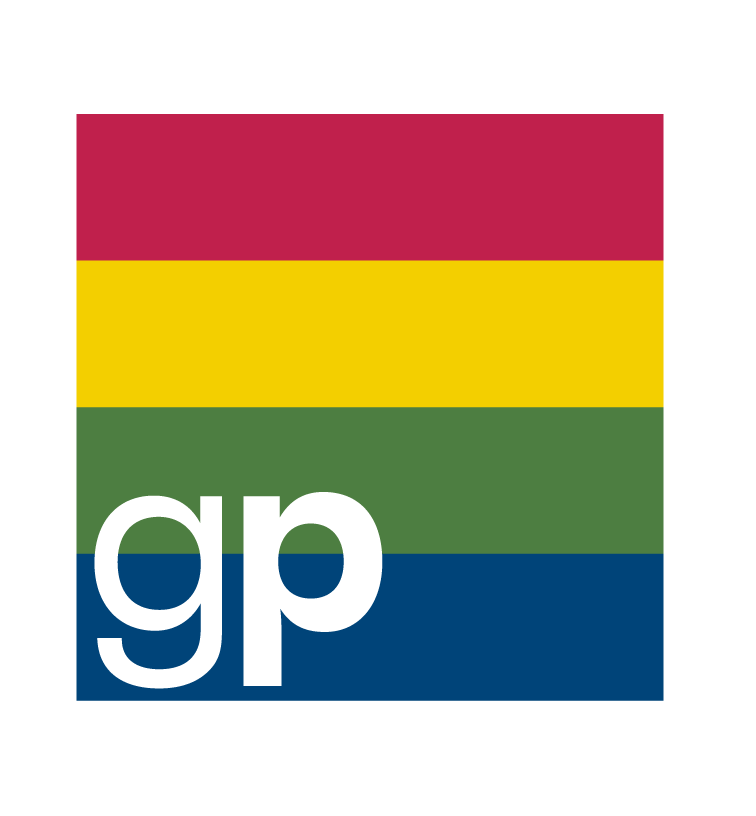
Going Beyond Phase One
Explaining The Approach Beyond The Initial Phase Of Discovery And Design Of The Strategy
THIS DOCUMENT COVERS
Possible Routes To Sustaining And Developing The Strategy Beyond Sessions.
What follows are possible options, they are not specific recommendations to every case. Hybrids and blends of the examples below have each proved to be valid in different scenarios.
The Four Levels
Level One - The core modules allow us to develop critical strategic conversations. These are the primary modules and allow us to align on the direction of travel.
Level Two - The ‘blueprint’ level underpins ‘level one’. It forces the team to appreciate what it will take to redirect the business towards the new vision and strategy.
Level Three - After working through levels one and two, the big prize is a clear plan of attack - themes, initiatives and actions with clear definitions designed to achieve the vision and outcomes.
Level Four - And finally, the engagement and communication with the critical stakeholders, both internally to bring everyone along and externally as the strategy shifts the business to a new position.
Making Strategies That Work Using Structured Visual Thinking™ - Explained In Four Levels
Defining Development
Group Partners helps clients through the critical discovery and design process associated with strategies. These strategies fall into several categories - new visions, change programs, transformation, solving challenges and exploiting opportunities.
Our Core Definitions
We apply Structured Visual Thinking™ - our unique approach to accelerating understanding and decision-making, which results in the frameworks and blueprints for making strategies that will work.
Factors that can determine ongoing support:
Maturity of the development phase - often due to time available or quality of data and information.
Capacity constraints by the client and the resource/expertise needed to extend somewhat.
The capacity and capability of the team to take full ownership of their strategy.
The appetite to adopt this way of thinking.
The realization (during the process) of the value of the approach and the widening buy-in to its continuance.
The appreciation of the need for objective ongoing input to maintain integrity.
The desire to broaden participation and embed this across the organisation.
Our model is different from traditional consulting approaches -
“We believe that the businesses should own the implementation and execution of the resulting plans, not an external firm built on a model dependent on ongoing fees.”
Once we have concluded the initial intervention, we are often asked to suggest ways forward - to help sustain our clients as they mobilize teams and start to implement and execute their plans.
Developing plans in ways that work is a significant step beyond the frameworks and blueprints that define the vision and strategy.
A Glimpse Inside A Leadership Strategy Session
Core Development Principles:
The session framework(s) are transitioned to fully populated executable versions.
Confirmed ownership of the framework(s) by those developing them.
An evidential understanding of the meaning and theory of the framework logic by those executing.
A single-minded approach to the ongoing work.
A nominated core team has been given the capacity to undertake the work.
The team must own the definitions of the critical components within the formula/theory of the logic.
The Logic/Formula We Apply To The Initial Strategic Discovery And Design Phase
Primary Steps:
Complete The Strategic Framework
Our preparation and the days we spent together as a team usually result in a solid enough foundation upon which to build.
The foundational areas of strategy are covered to variable degrees.
However, some areas will still need to be concluded.
Importantly the critical detail behind them must reach sufficient maturity before any deployment program can move forwards.
Typical Areas That Can Require Further Development:
Strategic Initiatives Aligned to Goals - What’s Needed - A deeper understanding of the correlation between the themes and the detailed actions within each theme - contrasted/aligned with the vision, ambitions, outcomes and goals.
Imperatives (CSFs) and Outcomes - What’s Needed - The refinement and updating of these imperatives and their application within the governance of ongoing decision-making and management. They must be meaningfully aligned with the outcomes and goals.
Challenges/Barriers To Success - What’s Needed - A continuous program/ongoing attention to the challenges and barriers as they arise as well as cross-checking that the themes/initiatives address and remove them. They are continuously checked for their implication on the progress towards signs of achievement and the outcomes and goals.
The Opportunities - What’s Needed - Although an initial set of initiatives will provide the first edition of a plan, further work is required to reflect upon them (and as new opportunities arise) and ensure the real priorities are included in the first phase of focus. And where needed, additional business case development.
Market Landscape and Audience Profiles and Insights - What’s Needed - Detailed definitions and refinement of any personas, segments, needs, wants, and motivations linked to the technologies, processes and resources needed, as well as the products and solutions and the value propositions that convey them.
The Blueprint - What’s Needed - The Blueprint represents the first edition - a hypothesis of everything in the system of things that constitutes the future business. It shows suggestions of the market context and routes to market. As a complete value system, it explains how the business could connect everything in operation, how it needs to integrate the ecosystem of partners and capabilities, governance, culture, IP and more. It must be accurate based on what was learned in the sessions and what was missed. It needs a fuller definition and the capability of the team to be able to tell and use it.
The Operational Approach - What’s Needed - Alongside the Blueprint, further work must identify how the operation now aligns, teams, and works to achieve the new vision, mission and objectives/goals. It must define the roles, responsibilities and accountabilities (and highlight gaps) required as an overlay to the Blueprint.
The Signs Of Achievement - What’s Needed - As further work evolves, the signs of achievement and related metrics will begin to crystallize. These signs will become the milestone descriptions that inform the team of progress. These must be brought to bear in the program management and highlighted on the roadmap and action plan.
The Value Proposition/Brand And Narrative - What’s Needed - As the Vision and Blueprint evolve, the story and the fluency of how it gets told must become the new natural conversation - externally and internally. A messaging framework, script and copy must be written that becomes the new way the business speaks to the world. Flexing the story to different audiences is also crucial as the market dynamics change and solutions are developed accordingly.
The Roadmap Of Initiatives And Actions - What’s Needed - A clear and precise, practical instantiation of the plan that’s emerged. This is the outcome of all this work. In whatever form it is realized, it has to become the agenda for everyone and a live document that can keep all stakeholders informed and alert to progress.
Specifics Around Completing The Blueprint
Getting to the second edition of the Blueprint.
The Generic Construct Of The Master Blueprint - We Tailor This To Each Case Individually
We can never predetermine how close the blueprint is ahead of contact with the leadership team.
In virtually every case, the Blueprint is deemed a very helpful tool for the team to reference in an ongoing way.
We work with the team to fully appreciate the logic and interconnected nature of the mechanism and become adequately acquainted with the holistic integrity of the Model.
In addition, and as a result of any session and the richness of the data gathered, it’s highly feasible to infer a better and more accurate second edition*.
*This can be built as a digital version or, if preferred, a subsequent hand-drawn version built remotely.
We might also build a further version post-session (again remotely) by working with a dedicated owner. Someone or a small group which represents the whole team and with clear objectives and coaching, we can work virtually towards the second edition.
Everything That Matters In Developing And Sustaining Is Accessible Through The Group Partners Online Platform™ As Teams Collaborate To Evolve And Sustain Progress
Getting To The Plan
No strategy can be complete/executed without a plan. As a result of the initial session, enough energy and information have been developed to start that and maintain alignment.
Armed with the vision and the conversations outlined above, the team will have identified their priorities. This came from understanding the market landscape and the opportunities and exploring how to make decisions on possible choices.
The following steps rely on the team staying connected to the logic and working in a structured way to deepen the rigour needed for the initiatives.
The image below shows the generic template in our minds. Each theme has a sequence of sub-initiatives defined and developed and the right level of understanding about the dependencies and implications.
A Coherent Plan That Allows The Team To Make Progress And Deliver The Strategy
Establishing The ‘Go Forward’ Team
All our work assumes that the integrity of cross-functional interdependence is maintained. In every assignment, the logic of this principle is fully appreciated, but we recognise it is often hard to implement.
During the sessions, the leadership team will have started to develop a reasonable grasp of the frameworks and blueprints. This is a vitally important step in establishing an agenda and plan forward. As a result of the initial session, we will have deeper discussions with clients moving to implementation and coach them more on the logic and formula.
It allows either representatives or the leaders themselves to build on each aspect and stay aligned.
A single team can start to bed down the detail, widen as needed to get further work done and cover the ground. This way, the framework and the blueprints remain how everything stays connected. (See reference to the Group Partners Online Platform™ (GPOP) below)
A further in-person session may or may not be needed, but we would stay close and offer whatever support and technique are appropriate on a case-by-case basis. The aim is, by whatever method, we get to a greater degree of granularity, as well as cover the ground on any missing elements or depth.
Once The Session Is Finished (And Dependent On Allocated Time), There Will Often Be Sections That Need Further Work
When Equipping The Team To Sustain - A sequence of regular online assessments designed to ensure the long-term integrity of the above. These assessments would focus on the integrity of the progress made, identify any critical variance and allow us to (objectively) recommend remedial actions, for example.
Implement the Group Partners Online Platform (GPOP) - this is our purpose-built platform that enables the team to stay connected and update the frameworks over time.
Why The Platform - The platform will help the teams to stay connected to everything happening through the program. It will contain the schedule of work. The team can access the tools being deployed.
There’s a regularly updated program dashboard to show progress. It will host the assessments we run to maintain the integrity of what’s been established.
To Support The Above
“Communication is the oxygen of strategy.”
Illustrating Just Some Of The Additional Benefits Of Working Visually
Digital Assets - We often recommend developing digital versions (symbols and vignettes of broader value will emerge) of the main elements and frameworks. In this case, the Vision and Blueprint hold helpful devices that would assist internal stakeholder buy-in and progress development.
Develop Internal Communications - Create simplified outputs, storytelling devices and related ‘marketing’ for the strategy - oriented towards each stakeholder group.
Rolling Interventions - We may well unearth a team challenge on a specific topic. This could be on any major initiative or challenge that arises. It may be prudent to undertake a deep dive into the topic and ensure it is developed within the context of the overall logic.
Effective Use Of Travel And Venue - When on-the-ground or follow-up sessions are identified, we will use these occasions to maximise their value. For example, to update sessions with each team, create mini framework sessions based on their sub-topic. For the economy of this time on the ground, we would organize back-to-back and set-up days in between.
This is designed to be cost-efficiency with travel, venues and accomodation.
For Good Reason, Fidelity And Authoring Reasons We Digitize The Output For Communication - But The Hand Drawn Originals Can Also Be Valuable And A Quick Step To Almost Immediate And Ongoing Engagement
In Support Of Wider Stakeholder Events - Helping to explain the progress and reporting on specific framework-related elements. Large-scale conference presentations, as well as creating and updating internal stakeholder presentations.
Regular board reporting, all-hands meetings, update sessions, scrums and program management generally. In addition to engaging with partners and the wider ecosystems as required.
By staying attached to the work the team is doing, we can be sure to create simplified presentations and documents (quickly) that explain where the operation is at a given time.
Presentations of every kind can be easily enhanced using the symbol library. The platform provides ongoing enhancements to important definitions - rich texts of each aspect as well as simplified access to sense the maturity of the program itself.
We make these available via the platform and in a simple-to-access visual dashboard.
When Digitizing The Work Beyond Sessions The Process Enables Considerable And Very Useful Graphical Assets To Be Created












